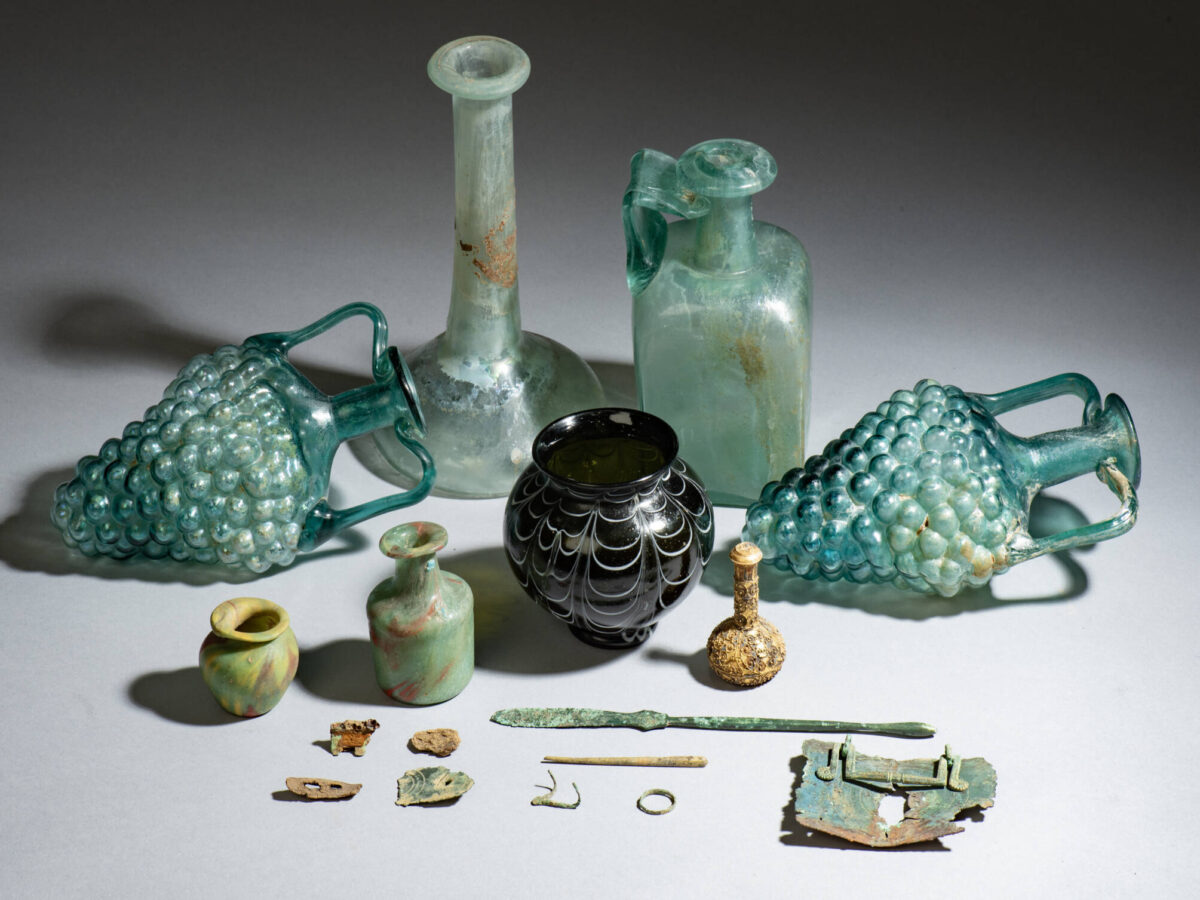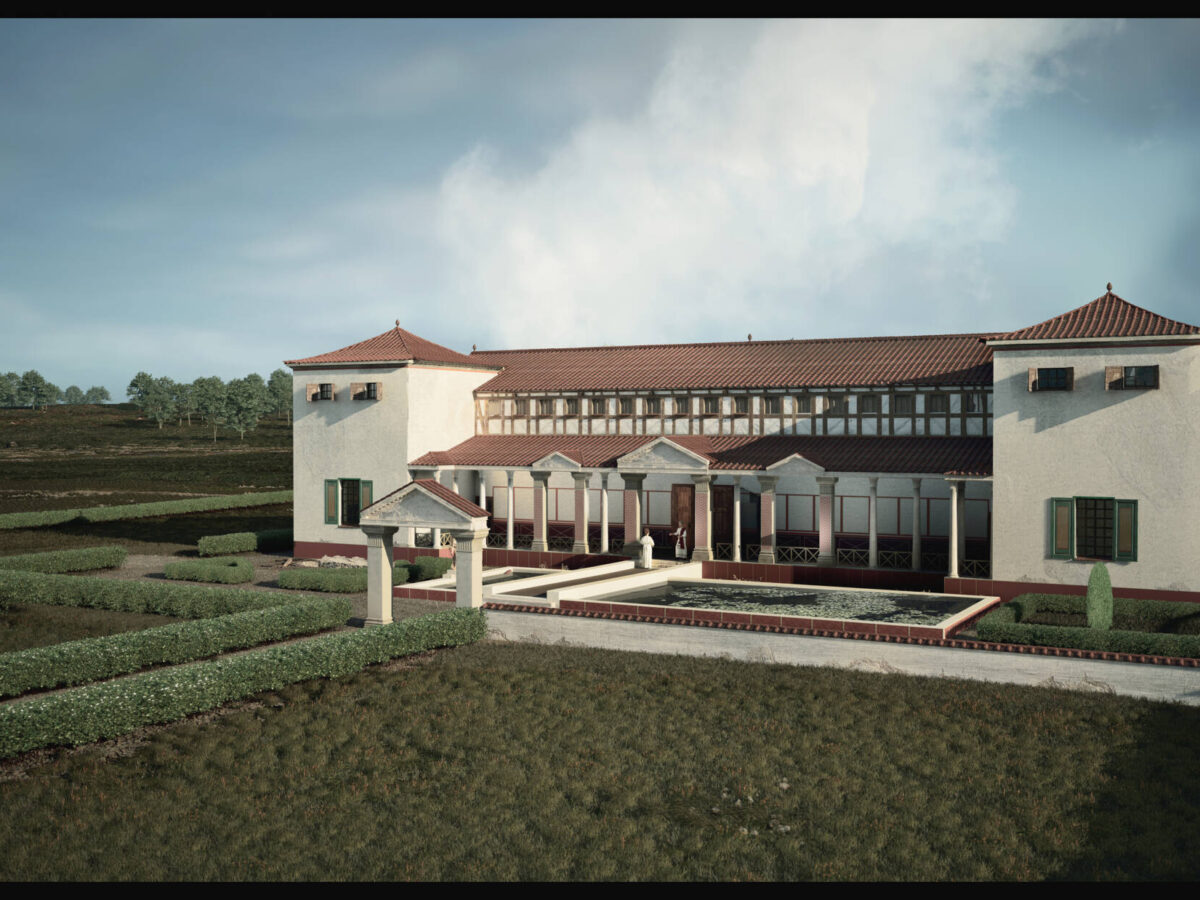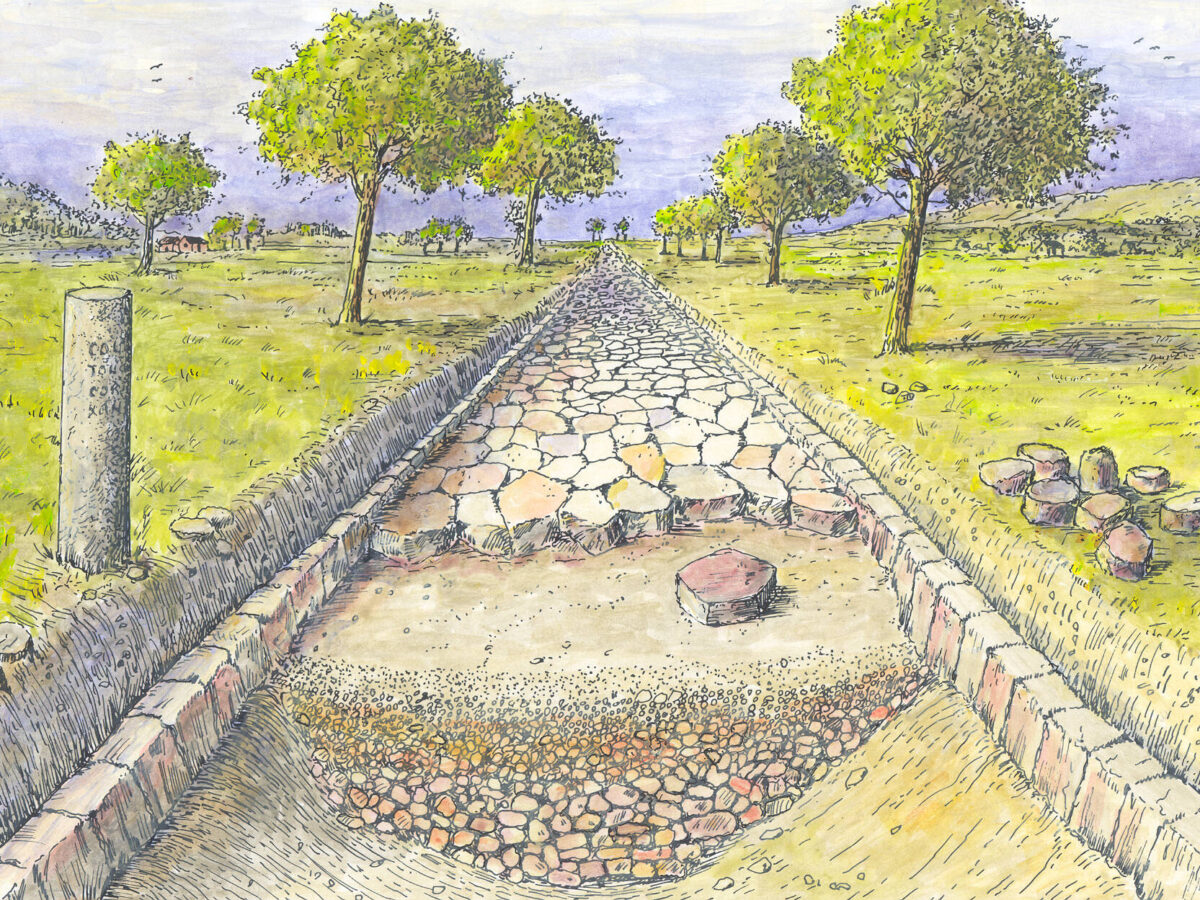Exhibition Roman Villas in Venlo
Author: Harry Lindelauf
Photography: RMO, Limburgs Museum, Submedia

On Tuesday, October 15, the exhibition Roman Villas in Limburg opens at the Limburgs Museum in Venlo. Thanks to more than 200 objects, scale models, 3D reconstructions, and videos, visitors are taken back to South Limburg as it was 2,000 years ago.

It is the first time that finds from the Roman period in South Limburg have been brought together on such a scale. This is due to the collaboration between the three museums and the Cultural Heritage Agency of the Netherlands (RCE) within the research project A Roman Idyll, which began in 2020. A thorough analysis was made of thousands of Limburg villa finds and preserved excavation documentation. In addition, aerial photographs and data from recent excavations were used. Limburg amateur archaeologists, museum visitors, and heritage enthusiasts contributed to several projects. All results will be published in the scientific series PALMA of the National Museum of Antiquities. The project is funded by the Mondriaan Fund through the multi-year program Museums and Heritage Institutions.
Villa rustica as grain factory
Since the 19th century, remains of about 70 Roman farms have been found, especially along the Via Belgica. In total, there must once have been hundreds of large farms with luxurious stone houses in operation. Thanks to the fertile soil, the farmers produced large quantities of grain that were supplied to the Roman military units along the Rhine, which served as the frontier. The Romans had a charming name for such a grain factory: villa rustica.
Outside, the work was hard; inside, the owners lived in luxury thanks to the proceeds from the grain. Over time, the villas developed into complete country houses in Mediterranean style, including bathhouses, glass windows, and underfloor heating. Well-known and large examples are the Holzkuil villa in Kerkrade, the Ten Hove villa in Voerendaal, and the Herkenberg villa in Meerssen.

The wealth of the Roman farmers is also visible in the burials: large stone sarcophagi with rich grave goods and, as a crowning example, sculpture on the inside, such as the sarcophagus of the Lady of Simpelveld. Her luxury plays an important role in the exhibition, which devotes much attention to the inhabitants of the villas — from the lady of the house to the people who worked the land.
The exhibition was previously shown at the National Museum of Antiquities in Leiden. After closing in Venlo, the exhibition can be admired from June 21, 2025, in Heerlen.

